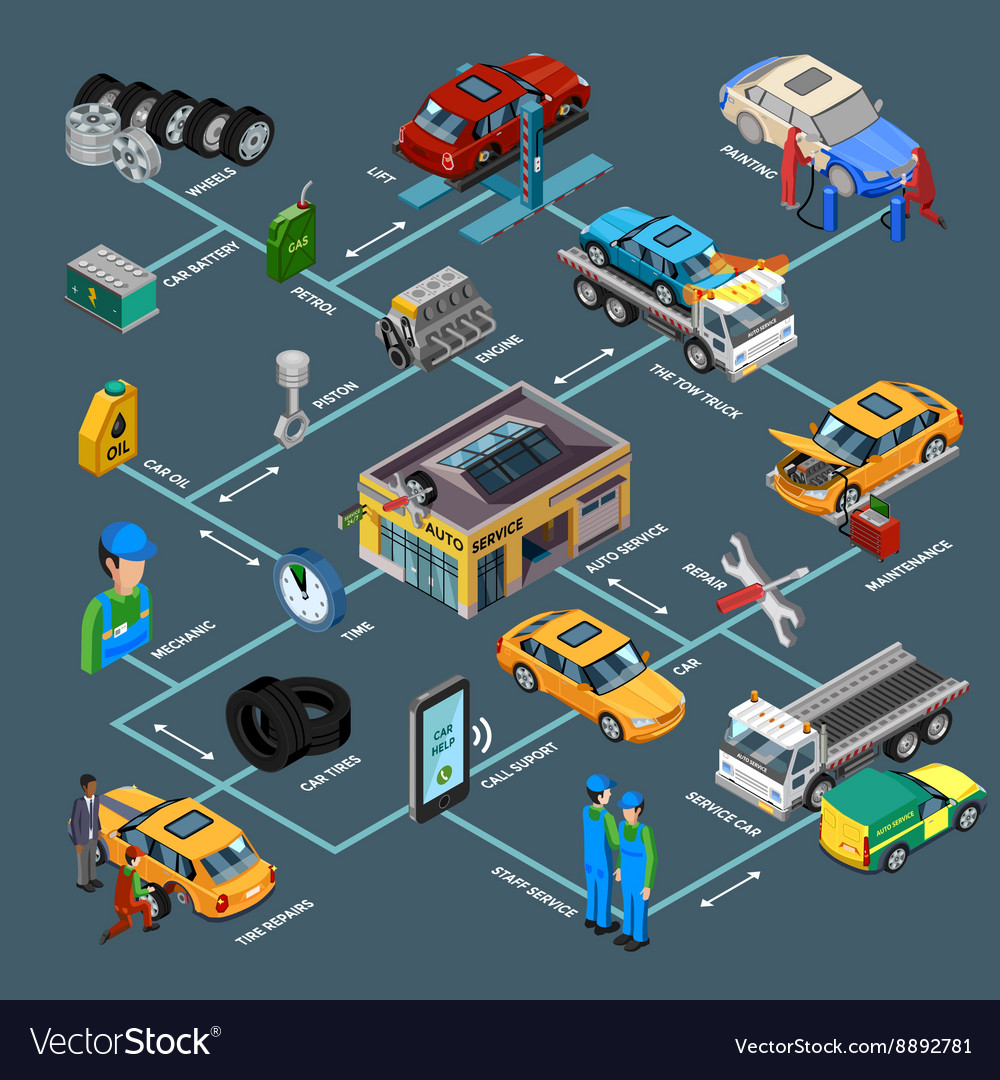Looking For Clarity On The Warning Lights Showed On Your Auto'S Dashboard? Discover How They Connect To Your Automobile'S Health And Safety
Looking For Clarity On The Warning Lights Showed On Your Auto'S Dashboard? Discover How They Connect To Your Automobile'S Health And Safety
Blog Article
Web Content Writer-Faulkner Dalgaard
When you lag the wheel, those radiant caution lights on your dashboard can be a bit puzzling. Do you recognize what they're trying to tell you about your automobile's health and wellness? Recognizing the value of these lights is crucial for your safety and security and the longevity of your vehicle. So, the following time one of those lights turns up, wouldn't you wish to analyze its message precisely and take the required actions to address it?
Common Warning Lighting and Interpretations
Identify usual caution lights in your cars and truck and recognize their significances to make certain risk-free driving.
The most regular warning lights include the check engine light, which indicates issues with the engine or discharges system. If this light begins, it's vital to have your automobile examined without delay.
The oil stress advising light suggests low oil pressure, requiring prompt focus to prevent engine damages.
A blinking battery light might recommend a malfunctioning charging system, potentially leaving you stranded if not dealt with.
The tire stress monitoring system (TPMS) light signals you to low tire pressure, affecting car stability and fuel efficiency. Ignoring this could bring about harmful driving conditions.
The abdominal muscle light suggests an issue with the anti-lock stopping system, endangering your ability to stop quickly in emergency situations.
marine detailer but not least, the coolant temperature cautioning light warns of engine getting too hot, which can result in severe damages if not dealt with quickly.
Understanding these usual caution lights will certainly help you deal with problems quickly and maintain secure driving problems.
Significance of Prompt Attention
Recognizing the typical warning lights in your auto is just the very first step; the significance of quickly resolving these cautions can't be stressed sufficient to guarantee your safety when traveling.
When a warning light brightens on your dashboard, it's your cars and truck's way of communicating a potential problem that requires focus. Ignoring these cautions can cause much more extreme issues later on, endangering your security and possibly costing you extra out of commission.
Motivate attention to warning lights can stop breakdowns and crashes. For example, a blinking check engine light could show a misfire that, if left ignored, can trigger damage to the catalytic converter. Resolving this promptly can save you from a pricey repair service.
Similarly, https://www.kbb.com/car-advice/air-conditioning/ alerting light may signal low brake fluid or worn brake pads, crucial elements for your safety and security when driving.
DIY Troubleshooting Tips
If you observe a caution light on your dashboard, there are a few do it yourself repairing ideas you can try prior to seeking specialist assistance.
The primary step is to consult your vehicle's handbook to understand what the certain caution light shows. In some cases the issue can be as easy as a loosened gas cap activating the check engine light. Tightening the gas cap may fix the problem.
https://carmaintenanceschedule94948.blogthisbiz.com/38692260/mobile-car-detailing-enhancing-your-lorry-s-appearance-on-the-go is a low battery, which can set off various alerting lights. Checking https://brake-pads-and-rotors62739.blogolenta.com/29023145/exceptionally-convenient-mobile-car-describing-solutions-not-only-conserve-you-time-and-money-but-also-enhance-your-vehicle-s-long-life-discover-just-how-they-can-transform-your-regular for rust and ensuring they're protected could deal with the trouble.
If a caution light lingers, you can attempt resetting it by detaching the car's battery for a few mins and then reconnecting it. Additionally, examining your car's fluid degrees, such as oil, coolant, and brake fluid, can help troubleshoot warning lights associated with these systems.
Verdict
Finally, understanding your cars and truck's warning lights is necessary for maintaining your car running smoothly and safely. By without delay dealing with these notifies and recognizing what they suggest, you can stay clear of expensive repairs and possible breakdowns.
Bear in mind to consult your vehicle's handbook for specific information on each alerting light and take action accordingly to guarantee a trouble-free driving experience.
Remain educated, stay secure when traveling!
